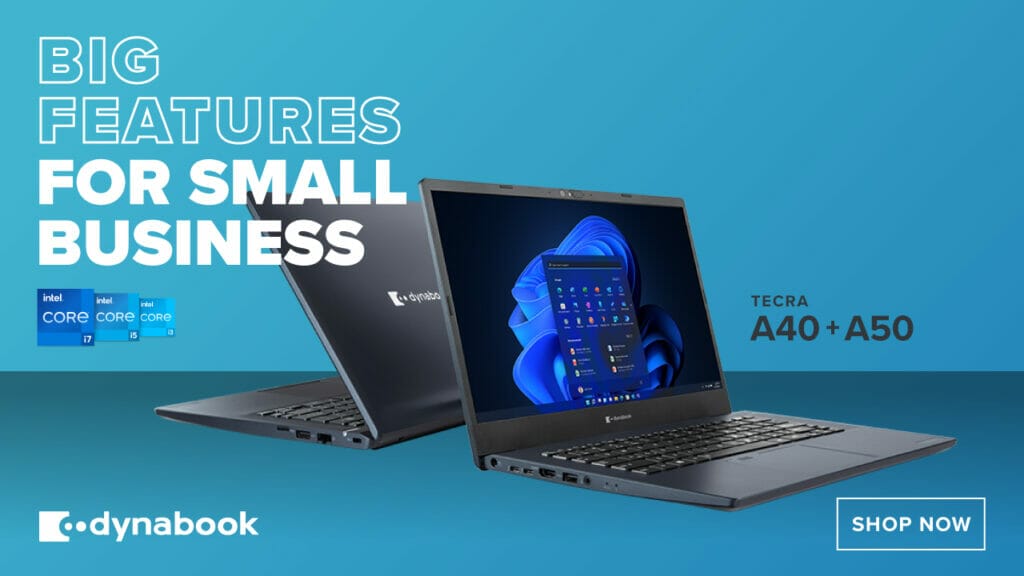Developing a knack for spotting high-potential employees can significantly enhance the value of your company. This week, we’re revealing three techniques you can use to help find those gems:
- Embed a unique detail within your job description
- Use pattern recognition apps to assess intelligence
- Evaluate a potential employee’s fit within your company culture
French economist Jean-Baptiste Say characterized an entrepreneur as one who “shifts economic resources out of an area of lower and into an area of higher productivity and greater yield.” This expands the term’s literal translation from the French for “one who undertakes” to include the concept of value creation.
Bootstrapping founders epitomize the principle of creating more value with less resources, particularly in hiring. While it may be tempting to hire C-level executives with extensive resumes and impressive LinkedIn profiles, smaller businesses often cannot afford those seasoned professionals. To combat this, value creators need to develop a knack for hiring talented people about to blossom.
High Potential Employees, or HIPOs, might have thin resumes—but spotting their burgeoning talent allows you to create significant value that others overlook. This is challenging to do well, however, since most HIPOs have limited credentials for you to evaluate.
Here’s a three-part process for spotting HIPOs, developed by Skubana co-founder Chad Rubin, who built his company to more than $5 million in Annual Recurring Revenue before selling it to 3PL Central.
Rubin criticized the traditional hiring process as “broken” during our interview. How can you evaluate a candidate’s potential in just a 45-minute meeting? Rubin’s solution comes in a three-part approach:
- Hide a Golden Egg
Many young candidates apply for any (and every) job they come across, but Rubin sought detail-oriented applicants who took the time to understand his business and the specific role. He embedded an obscure request within each job posting to identify those who had read it in full. For instance, he asked candidates to include the name of their favorite ’90s band in their cover letter. Rubin’s intention wasn’t to compile a new playlist; he wanted to see who had read the entire posting.
- Pattern Recognition
Aware that traditional interviews wouldn’t suffice to gauge a candidate’s potential, Rubin turned to pattern recognition assessments to evaluate their intelligence. He discovered an online puzzle that required candidates to recognize patterns in a set of images, and he found this to be a reliable measure of their intellectual potential.
- Measure the Fit
Once satisfied with their cognitive abilities, Rubin aimed to gauge how well a candidate would mesh with his team. Instead of relying on a conventional interview, he used a Culture Index psychometric test to assess psychological attributes beyond IQ, thereby measuring their fit within the company culture.
Rubin’s innovative three-part hiring process enabled him to consistently hire HIPOs, allowing him to uncover hidden pockets of value for his business.
Once you’ve found your HIPOs, it’s essential to provide onboarding that helps them rise to their full potential. VidGuide™ allows you to craft detailed, step-by-step guides for every role, guaranteeing a seamless onboarding process. Get a 30-day free trial now.
📽️ Clip of the Week
In this clip, Rubin discusses his perspective on the flaws of the standard hiring process. He outlines his three-part strategy to recruit HIPOs, which has helped him avoid crucial hiring errors for his company.
📣 Quote of the Week
“The hiring process we experience in life is fairly flawed. You enter into a Zoom room with somebody and it’s a 30-45 minute call—and you’re supposed to base performance and relationship for the next couple of years on that one conversation.”
– Chad Rubin, Skubana co-founder
🏆 From Sale to High Seas

Rubin’s mission is to help elevate the human condition through experiences. To celebrate the sale of his company, Rubin purchased a 45-foot Azimut yacht—and christened it “Elevate.” He describes this moment at the 1:04:00 mark of the episode.
Advertisement
Make smart business moves with Dynabook Tecra A40 & A50
Need a highly-secure laptop so you can work comfortably from anywhere? The enterprise-grade Tecra A40 & A50 come fully loaded with all the right tools for modern professionals on the move. Discover how you can get big features for small business with Dynabook.

📈 Recent Deals
- Anheuser-Busch InBev (AB-InBev) is set to sell eight of its craft beer brands to Tilray Brands for $85 million in cash, as detailed in Tilray’s 8-K filing. Tilray, known as a Canadian cannabis company, already owns craft holdings and by September 2023 will add to its roster brands including Shock Top and Redhook Brewery. Included in the deal are existing employees, breweries, brewpubs, and production facilities.
- The Chico Hot Springs Resort in Paradise Valley, MT was acquired by DiamondRock Hospitality Company (NYSE:DRH) for $33 million. The 117-room resort on 153 acres came with a price tag of $27 million—an 8.1% capitalization rate based on the resort’s 2022 net operating income. DiamondRock also bought a nearby 595-acre ranch for approximately $6 million, and expects a 10.5% return on the total $33 million investment.
This Week’s Contributors
Colin Morgan, Executive Producer of Built to Sell Radio, Courtney Symons, Editor-in-Chief, John Warrillow, Host of Built to Sell Radio, Daphne Parsekian, Copy Editor, and Denis Labataglia, Audio Engineer.



